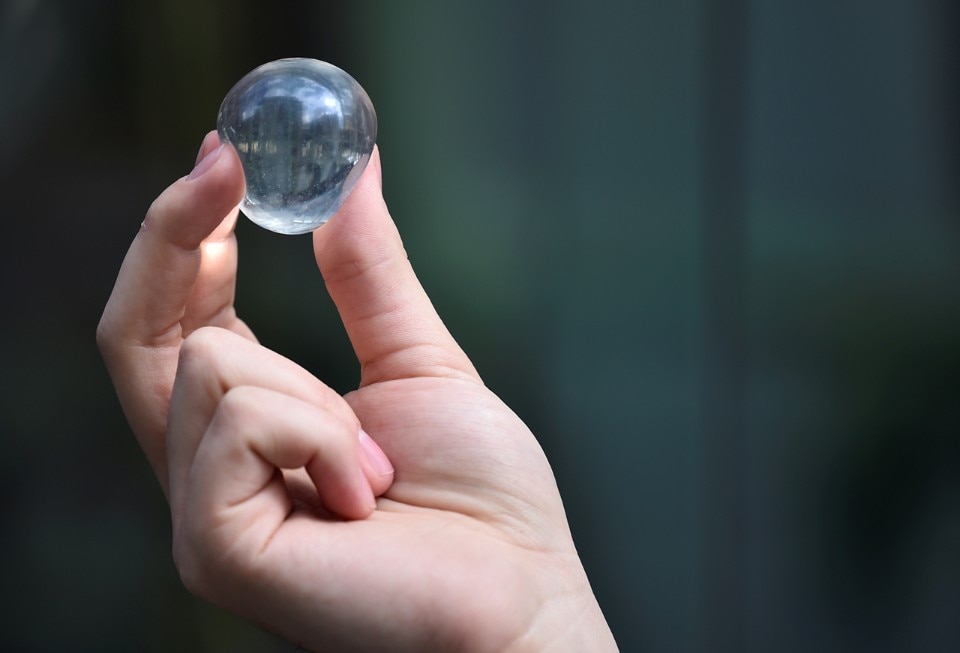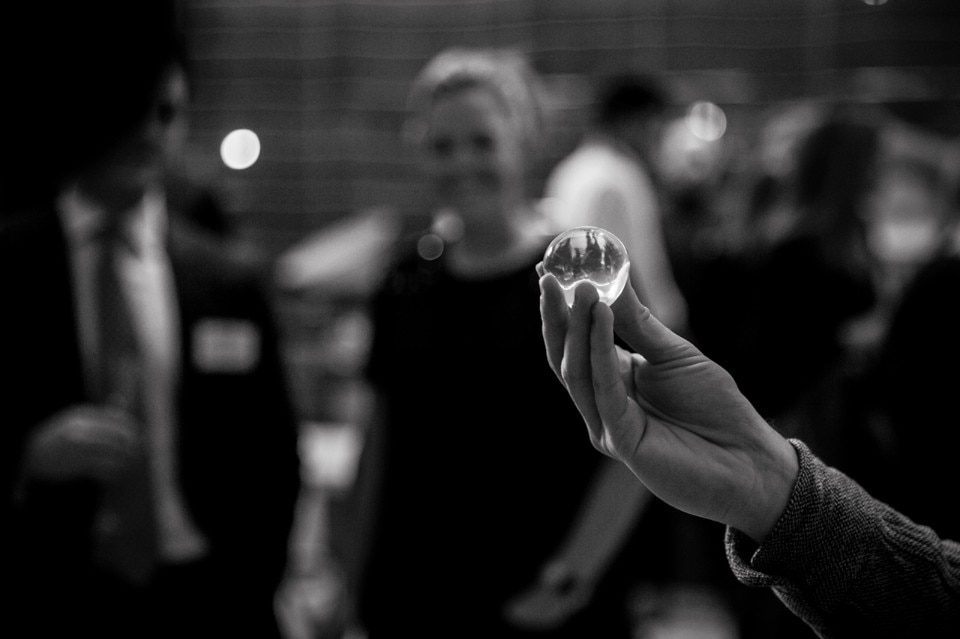Design Indaba in Cape Town is a major creative conference on the African continent. Much like a TED event on the subject of design, three days are devoted to talks that inspire design activism by presenting both theoretical speculation and concrete answers to urgent issues. Industrial designers, fashion designers, architects, graphic designers, advertisers, researchers and scientists take the stage, one after the other. The goal is to instil confidence and hope in over 2,000 visitors. The annual fair has been promoting innovative entrepreneurship for 24 years now. Founded in 1995 by Ravi Naidoo, the director of Interactive Africa, the company that runs the festival, Indaba aims to contribute to a better future through presentations by charismatic and proactive talents. Of the 53 international speakers who discussed their projects, we’ve selected seven whose work is directly related to urgent contemporary problems. Some are consolidated initiatives ready for more ambitious phases; others are still experimental concepts.
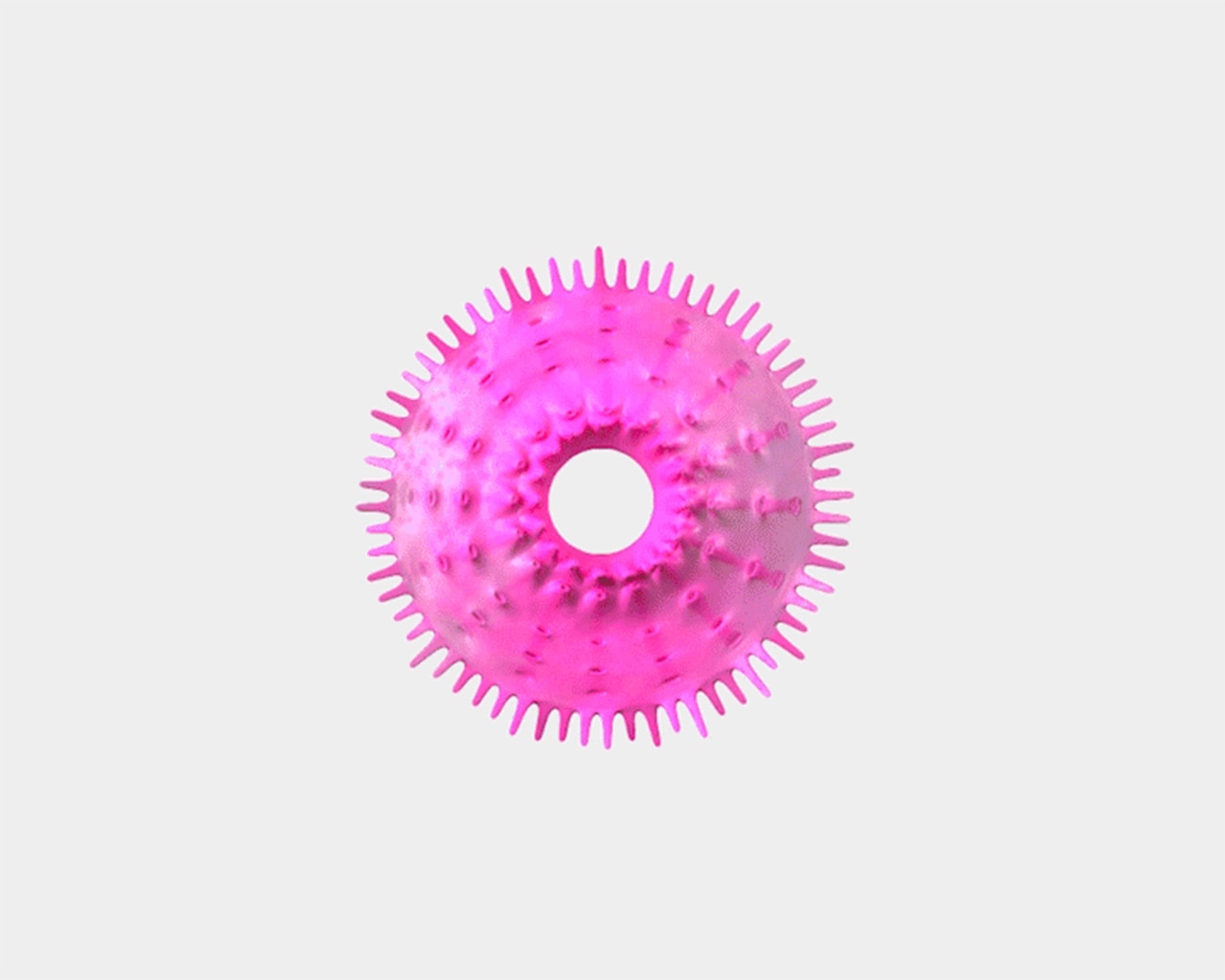
 View gallery
View gallery
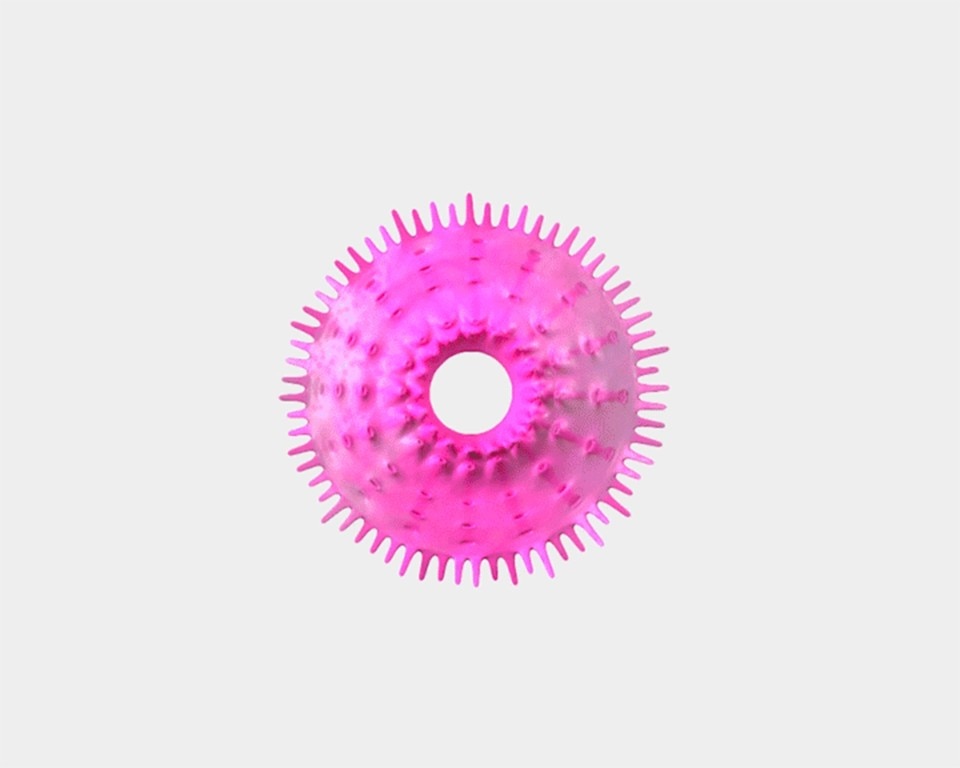
7 Design projects from Indaba 2019
Mind Mirror is a tool to monitor what happens in the brain when we meditate.
Mind Mirror, Freya Sewell
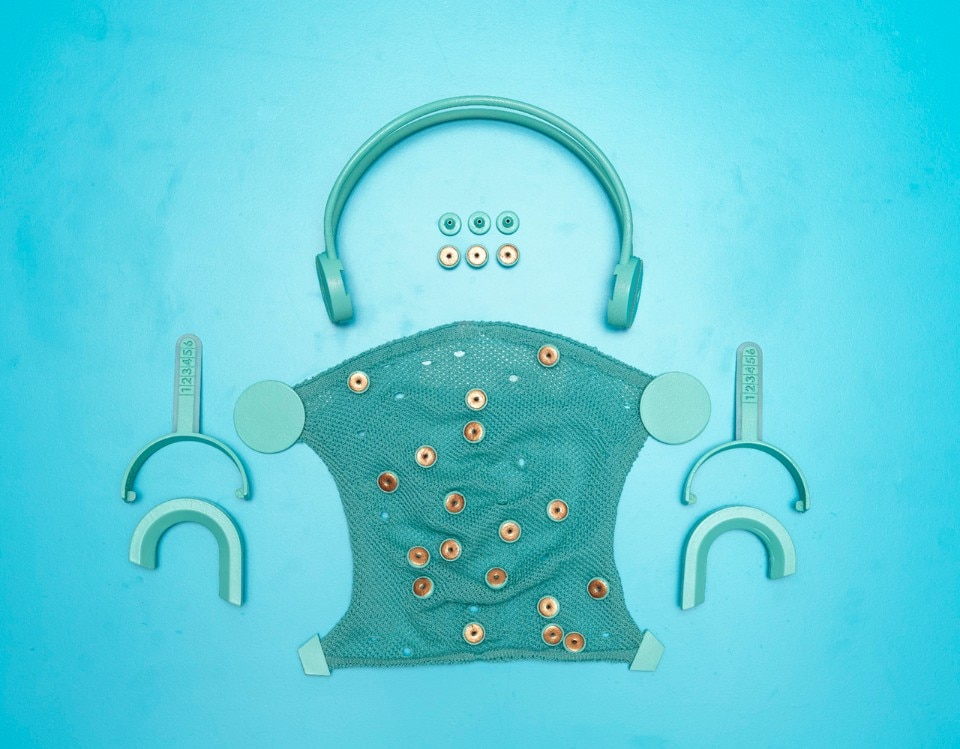
7 Design projects from Indaba 2019
Mind Mirror is a tool to monitor what happens in the brain when we meditate.
Mind Mirror, Freya Sewell

7 Design projects from Indaba 2019
Algorithmic Couture detects the shape of the buyer's body by 3D scanning, designs parametrically tailored clothes that are completely customizable and explodes them into modular elements made of stripes and triangles, to obtain anti-waste geometric shapes.
Algorithmic Couture, Kye Shimizu
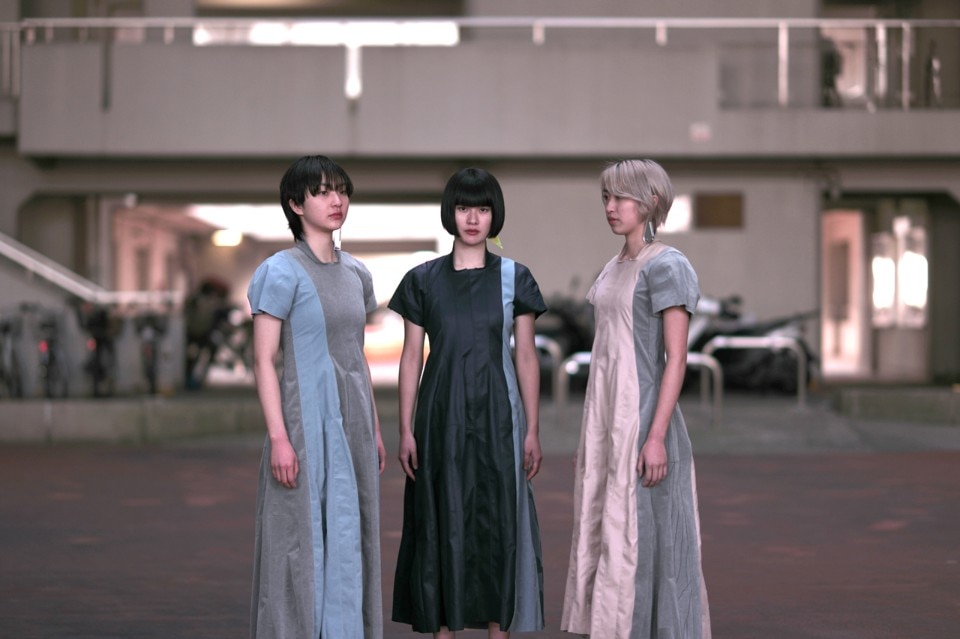
7 Design projects from Indaba 2019
Algorithmic Couture detects the shape of the buyer's body by 3D scanning, designs parametrically tailored clothes that are completely customizable and explodes them into modular elements made of stripes and triangles, to obtain anti-waste geometric shapes.
Algorithmic Couture, Kye Shimizu
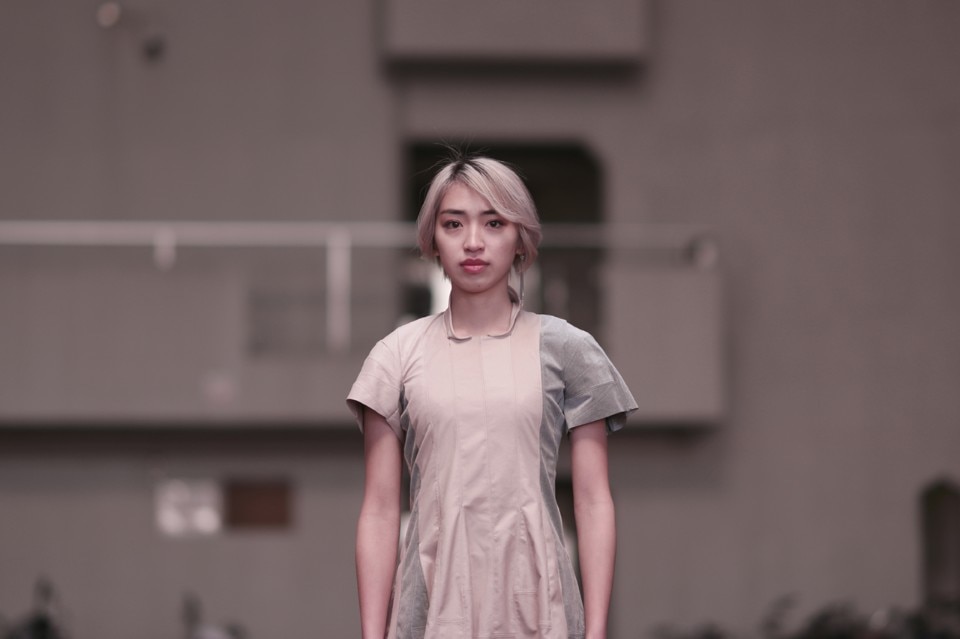
7 Design projects from Indaba 2019
Algorithmic Couture detects the shape of the buyer's body by 3D scanning, designs parametrically tailored clothes that are completely customizable and explodes them into modular elements made of stripes and triangles, to obtain anti-waste geometric shapes.
Algorithmic Couture, Kye Shimizu
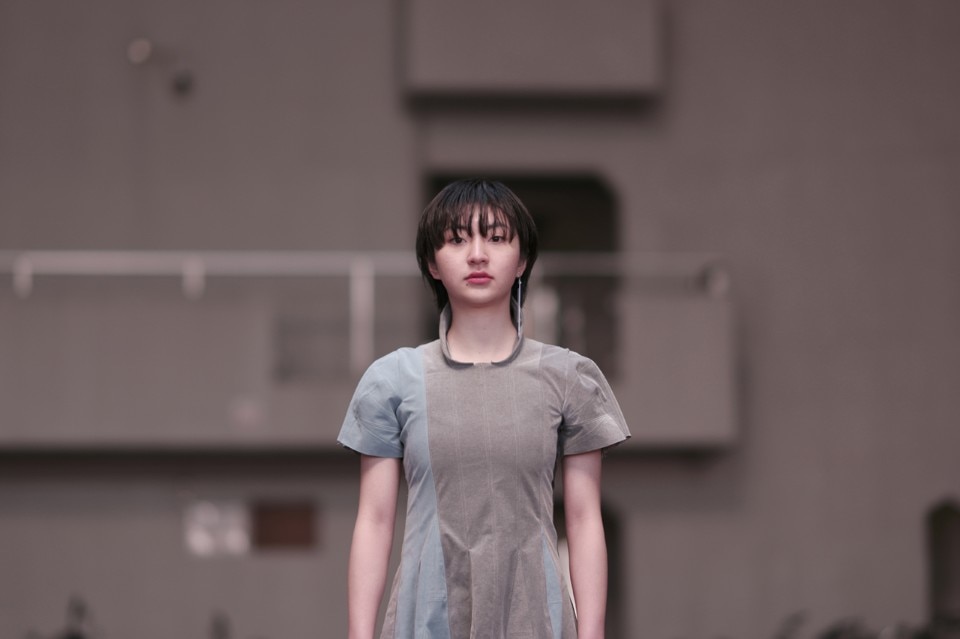
7 Design projects from Indaba 2019
Algorithmic Couture detects the shape of the buyer's body by 3D scanning, designs parametrically tailored clothes that are completely customizable and explodes them into modular elements made of stripes and triangles, to obtain anti-waste geometric shapes.
Algorithmic Couture, Kye Shimizu

7 Design projects from Indaba 2019
Algorithmic Couture detects the shape of the buyer's body by 3D scanning, designs parametrically tailored clothes that are completely customizable and explodes them into modular elements made of stripes and triangles, to obtain anti-waste geometric shapes.
Algorithmic Couture, Kye Shimizu
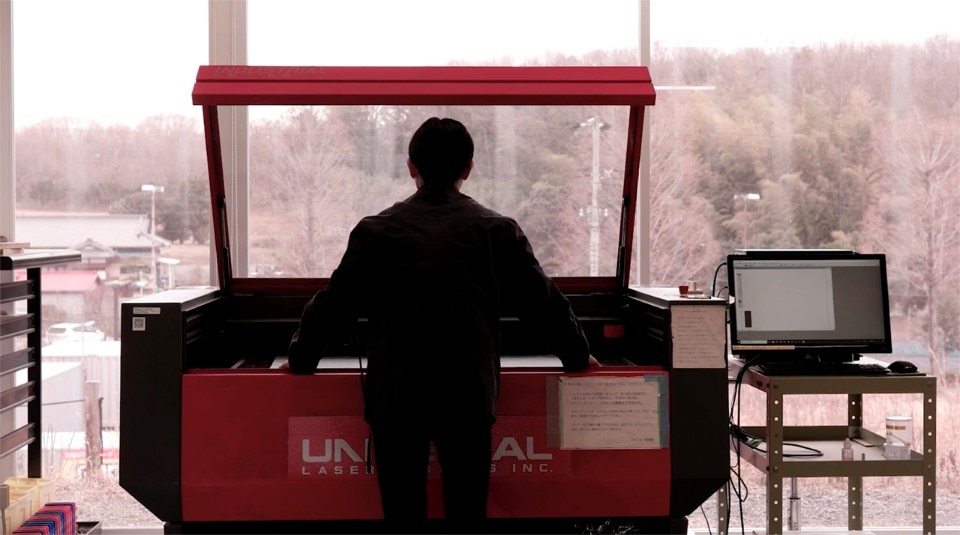
7 Design projects from Indaba 2019
Algorithmic Couture detects the shape of the buyer's body by 3D scanning, designs parametrically tailored clothes that are completely customizable and explodes them into modular elements made of stripes and triangles, to obtain anti-waste geometric shapes.
Algorithmic Couture, Kye Shimizu

7 Design projects from Indaba 2019
Algorithmic Couture detects the shape of the buyer's body by 3D scanning, designs parametrically tailored clothes that are completely customizable and explodes them into modular elements made of stripes and triangles, to obtain anti-waste geometric shapes.
Algorithmic Couture, Kye Shimizu
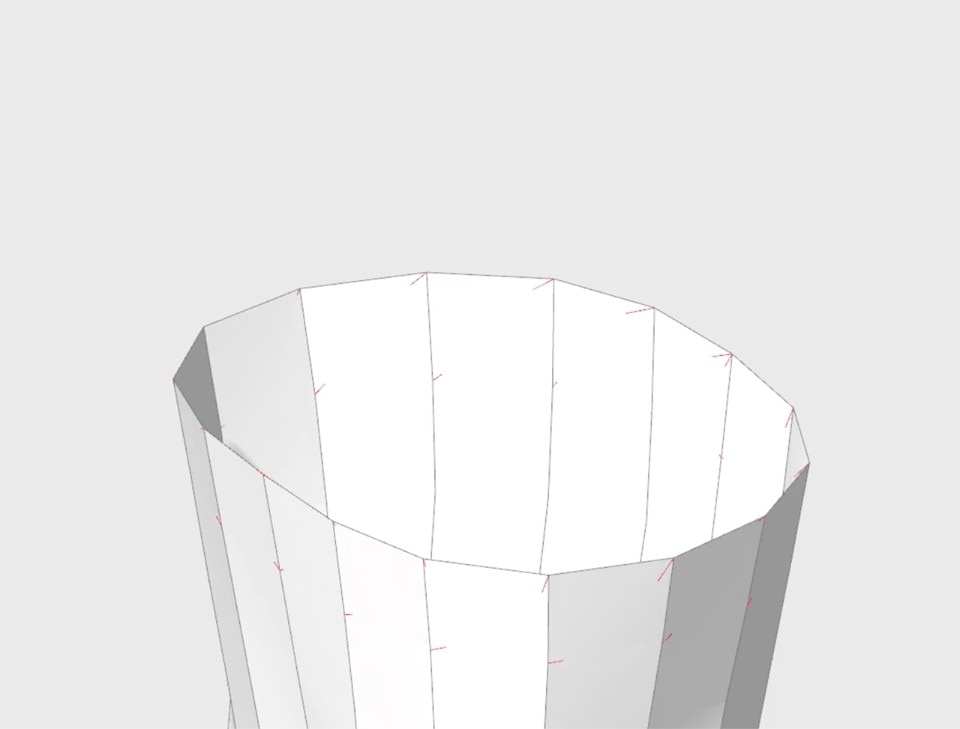
7 Design projects from Indaba 2019
Algorithmic Couture detects the shape of the buyer's body by 3D scanning, designs parametrically tailored clothes that are completely customizable and explodes them into modular elements made of stripes and triangles, to obtain anti-waste geometric shapes.
Algorithmic Couture, Kye Shimizu
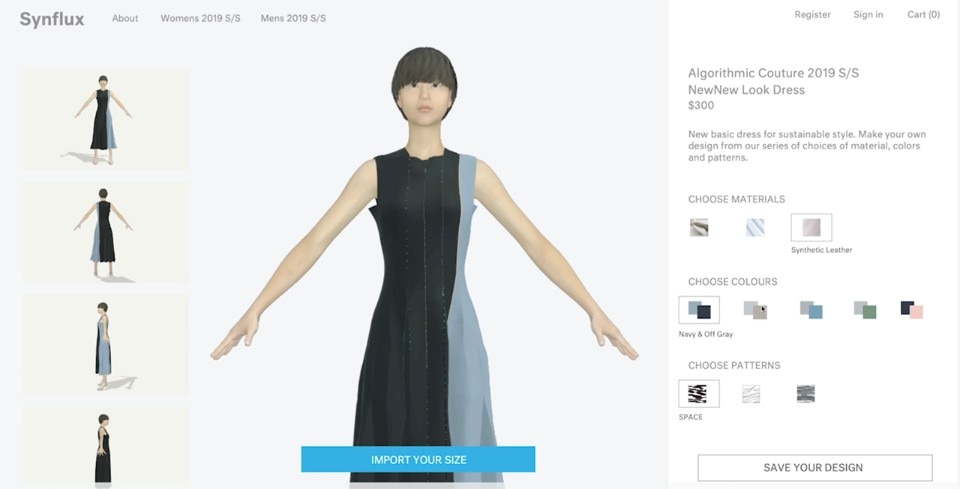
7 Design projects from Indaba 2019
Algorithmic Couture detects the shape of the buyer's body by 3D scanning, designs parametrically tailored clothes that are completely customizable and explodes them into modular elements made of stripes and triangles, to obtain anti-waste geometric shapes.
Algorithmic Couture, Kye Shimizu
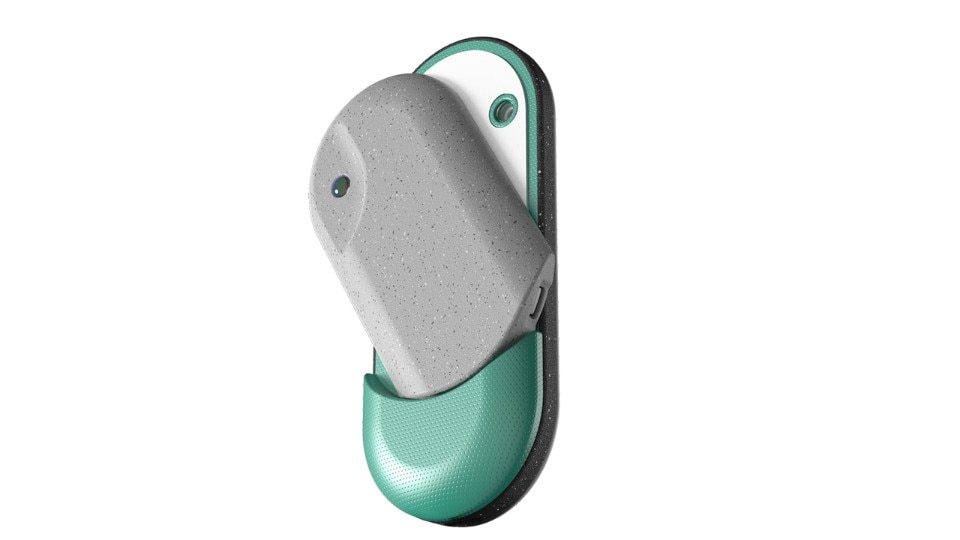
7 Design projects from Indaba 2019
IDA measures hemoglobin and through a sensor that identifies whether glucose levels exceed 80 mg/l, avoids a large number of invasive tests, limiting the waste of the most common test strips.
IDA, Kacper Pietrzykowski
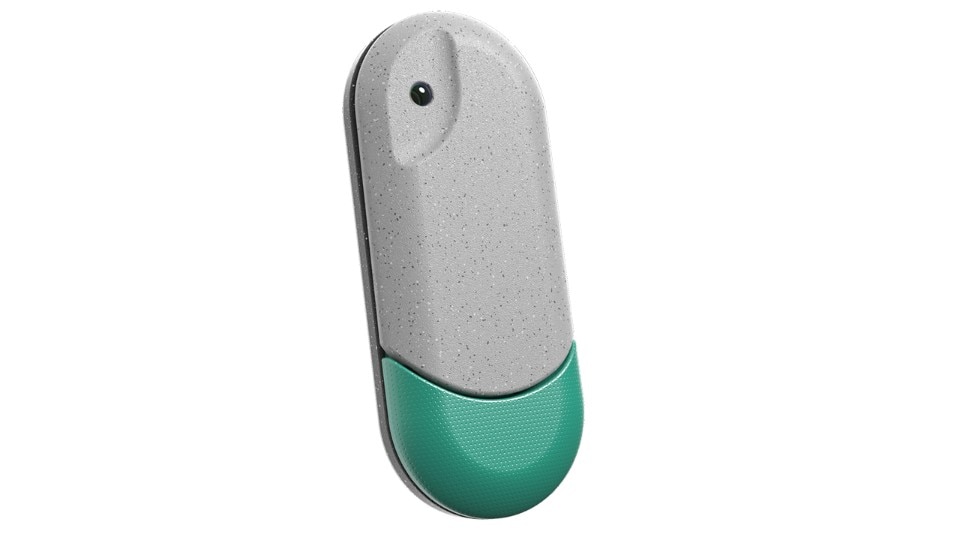
7 Design projects from Indaba 2019
IDA measures hemoglobin and through a sensor that identifies whether glucose levels exceed 80 mg/l, avoids a large number of invasive tests, limiting the waste of the most common test strips.
IDA, Kacper Pietrzykowski

7 Design projects from Indaba 2019
IDA measures hemoglobin and through a sensor that identifies whether glucose levels exceed 80 mg/l, avoids a large number of invasive tests, limiting the waste of the most common test strips.
IDA, Kacper Pietrzykowski
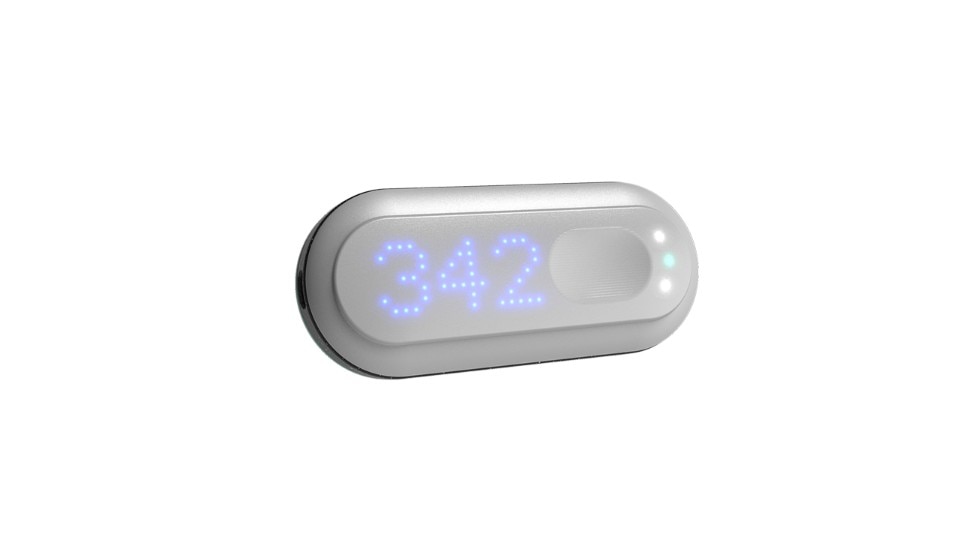
7 Design projects from Indaba 2019
IDA measures hemoglobin and through a sensor that identifies whether glucose levels exceed 80 mg/l, avoids a large number of invasive tests, limiting the waste of the most common test strips.
IDA, Kacper Pietrzykowski
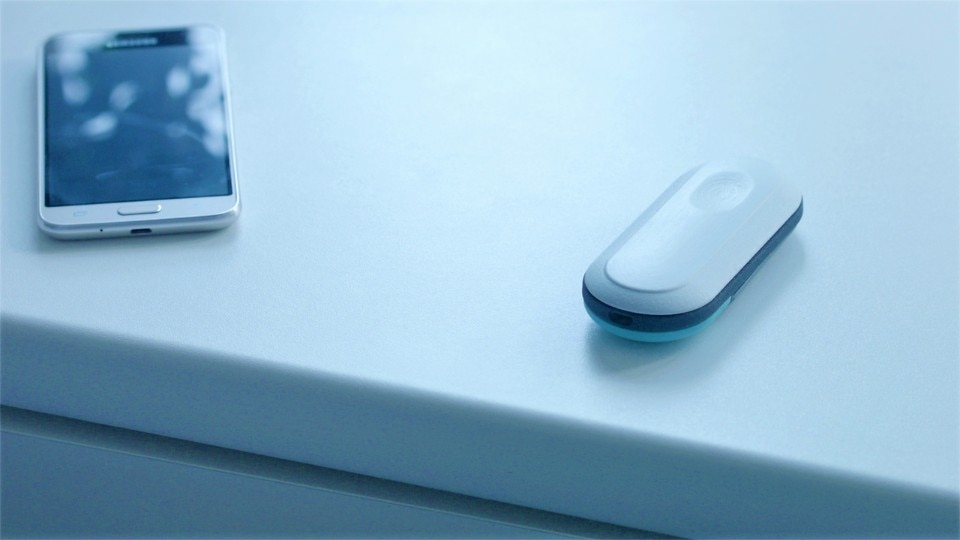
7 Design projects from Indaba 2019
IDA measures hemoglobin and through a sensor that identifies whether glucose levels exceed 80 mg/l, avoids a large number of invasive tests, limiting the waste of the most common test strips.
IDA, Kacper Pietrzykowski
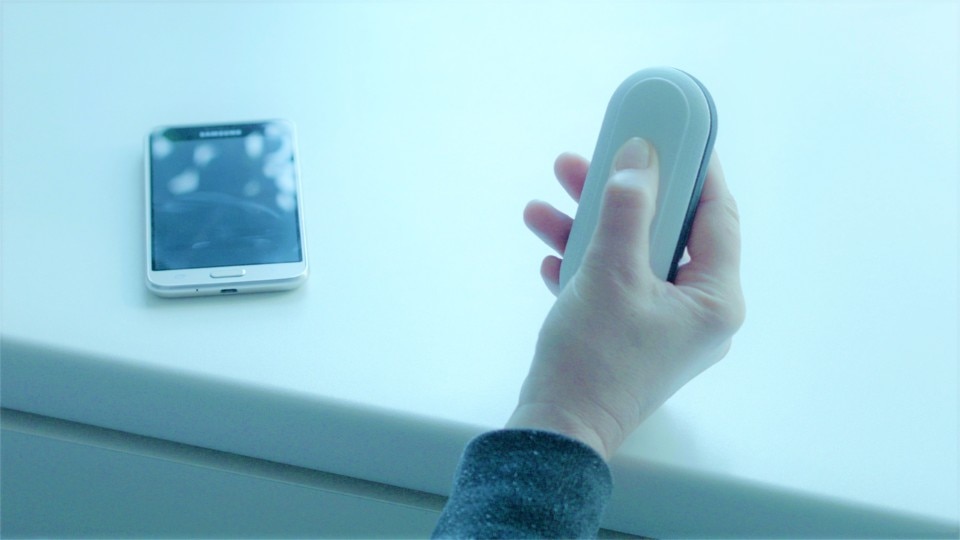
7 Design projects from Indaba 2019
IDA measures hemoglobin and through a sensor that identifies whether glucose levels exceed 80 mg/l, avoids a large number of invasive tests, limiting the waste of the most common test strips.
IDA, Kacper Pietrzykowski
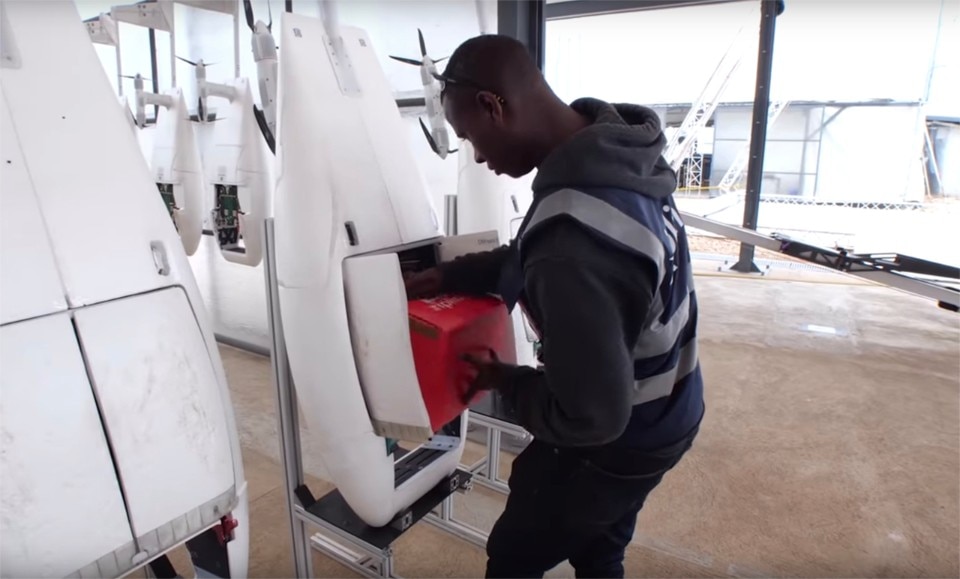
7 Design projects from Indaba 2019
Zipline is a drone that carries bags of blood and medical supplies in remote places that are difficult to reach by car. When a doctor or a medical staff find themselves in difficulty, they send a text message or a WhatsApp message to Zipline, which in a very short time makes them parachute the required supplies in a small container.
Zipline, Keller Rinaudo, Keenan Wyrobek and William Hetzler
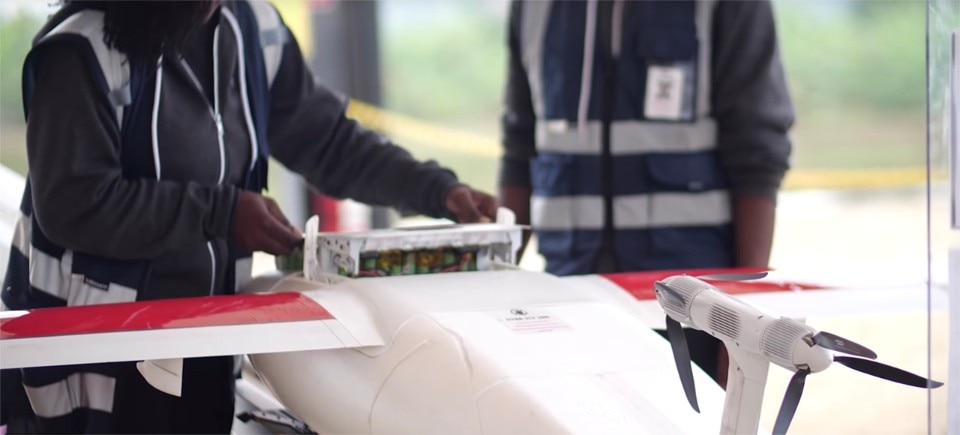
7 Design projects from Indaba 2019
Zipline is a drone that carries bags of blood and medical supplies in remote places that are difficult to reach by car. When a doctor or a medical staff find themselves in difficulty, they send a text message or a WhatsApp message to Zipline, which in a very short time makes them parachute the required supplies in a small container.
Zipline, Keller Rinaudo, Keenan Wyrobek e William Hetzler
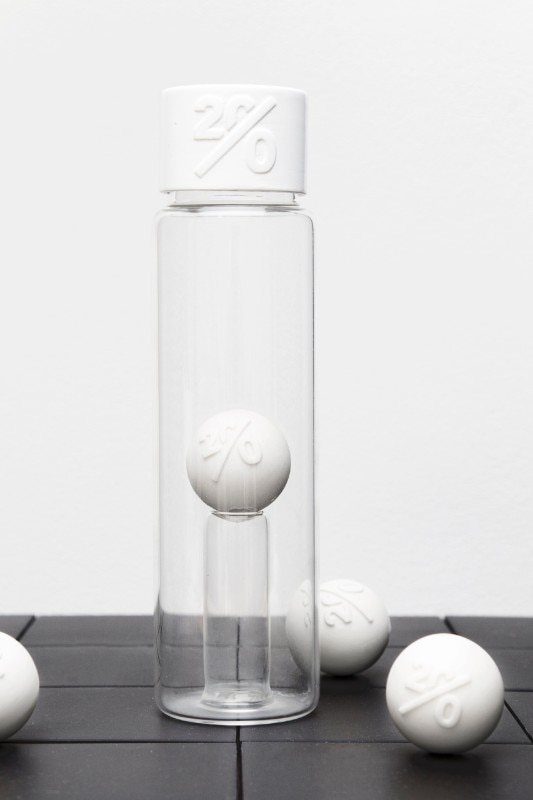
7 Design projects from Indaba 2019
De Bruijn rethinks household cleaning products and cosmetics sold in supermarkets, whose content is 80% water. With Twenty, the packaging system contains only 20% 'useful', inside a biodegradable capsule. Everyone will then be free to mix it with water from their own home.
Twenty, Mirjam De Bruijn
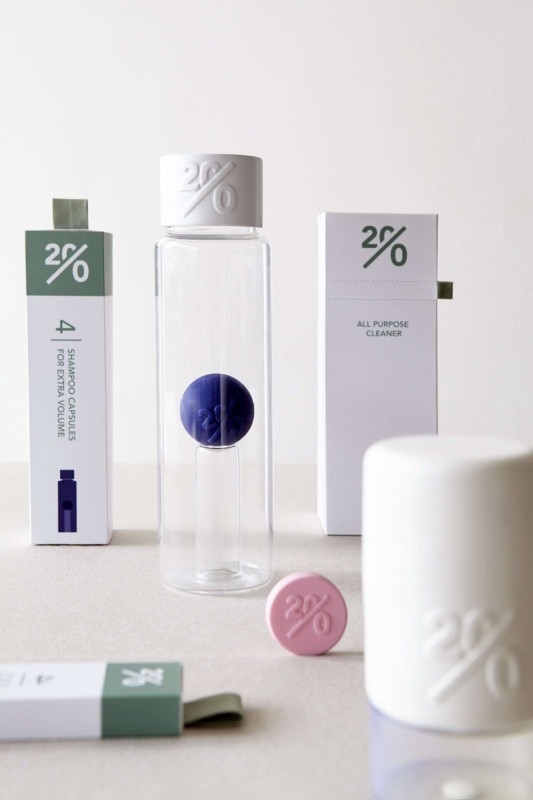
7 Design projects from Indaba 2019
De Bruijn rethinks household cleaning products and cosmetics sold in supermarkets, whose content is 80% water. With Twenty, the packaging system contains only 20% 'useful', inside a biodegradable capsule. Everyone will then be free to mix it with water from their own home.
Twenty, Mirjam De Bruijn
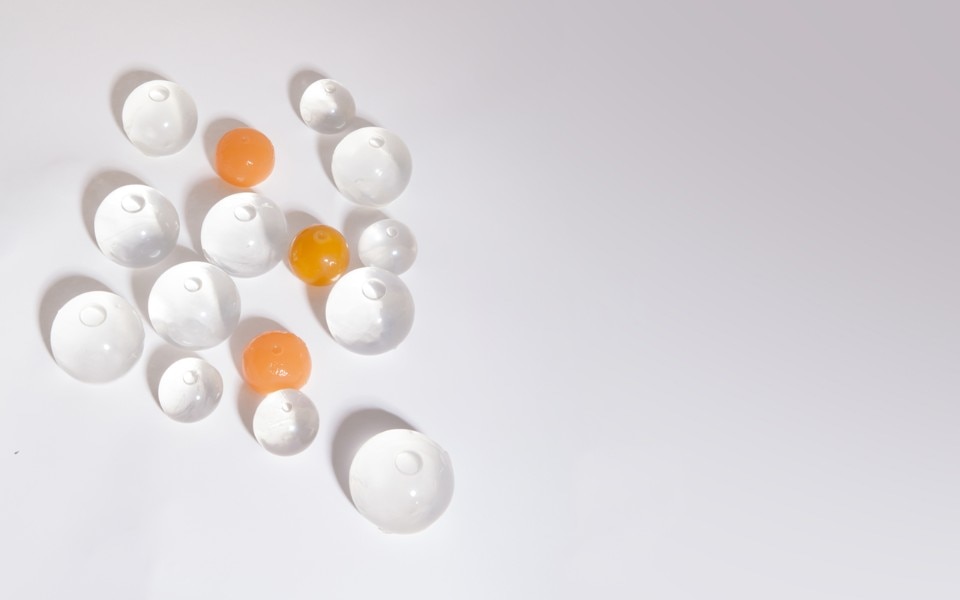
7 Design projects from Indaba 2019
Ooho! are edible water bubbles. Designed by the London-based Skipping Rock Lab (of which Gonza’lez is Co-CEO), the project aims to make plastic packaging disappear from retail water sales.
Ooho!, Rodrigo Garci’a Gonza’lez

7 Design projects from Indaba 2019
Mind Mirror is a tool to monitor what happens in the brain when we meditate.
Mind Mirror, Freya Sewell

7 Design projects from Indaba 2019
Mind Mirror is a tool to monitor what happens in the brain when we meditate.
Mind Mirror, Freya Sewell

7 Design projects from Indaba 2019
Algorithmic Couture detects the shape of the buyer's body by 3D scanning, designs parametrically tailored clothes that are completely customizable and explodes them into modular elements made of stripes and triangles, to obtain anti-waste geometric shapes.
Algorithmic Couture, Kye Shimizu

7 Design projects from Indaba 2019
Algorithmic Couture detects the shape of the buyer's body by 3D scanning, designs parametrically tailored clothes that are completely customizable and explodes them into modular elements made of stripes and triangles, to obtain anti-waste geometric shapes.
Algorithmic Couture, Kye Shimizu

7 Design projects from Indaba 2019
Algorithmic Couture detects the shape of the buyer's body by 3D scanning, designs parametrically tailored clothes that are completely customizable and explodes them into modular elements made of stripes and triangles, to obtain anti-waste geometric shapes.
Algorithmic Couture, Kye Shimizu

7 Design projects from Indaba 2019
Algorithmic Couture detects the shape of the buyer's body by 3D scanning, designs parametrically tailored clothes that are completely customizable and explodes them into modular elements made of stripes and triangles, to obtain anti-waste geometric shapes.
Algorithmic Couture, Kye Shimizu

7 Design projects from Indaba 2019
Algorithmic Couture detects the shape of the buyer's body by 3D scanning, designs parametrically tailored clothes that are completely customizable and explodes them into modular elements made of stripes and triangles, to obtain anti-waste geometric shapes.
Algorithmic Couture, Kye Shimizu

7 Design projects from Indaba 2019
Algorithmic Couture detects the shape of the buyer's body by 3D scanning, designs parametrically tailored clothes that are completely customizable and explodes them into modular elements made of stripes and triangles, to obtain anti-waste geometric shapes.
Algorithmic Couture, Kye Shimizu

7 Design projects from Indaba 2019
Algorithmic Couture detects the shape of the buyer's body by 3D scanning, designs parametrically tailored clothes that are completely customizable and explodes them into modular elements made of stripes and triangles, to obtain anti-waste geometric shapes.
Algorithmic Couture, Kye Shimizu

7 Design projects from Indaba 2019
Algorithmic Couture detects the shape of the buyer's body by 3D scanning, designs parametrically tailored clothes that are completely customizable and explodes them into modular elements made of stripes and triangles, to obtain anti-waste geometric shapes.
Algorithmic Couture, Kye Shimizu

7 Design projects from Indaba 2019
Algorithmic Couture detects the shape of the buyer's body by 3D scanning, designs parametrically tailored clothes that are completely customizable and explodes them into modular elements made of stripes and triangles, to obtain anti-waste geometric shapes.
Algorithmic Couture, Kye Shimizu

7 Design projects from Indaba 2019
IDA measures hemoglobin and through a sensor that identifies whether glucose levels exceed 80 mg/l, avoids a large number of invasive tests, limiting the waste of the most common test strips.
IDA, Kacper Pietrzykowski

7 Design projects from Indaba 2019
IDA measures hemoglobin and through a sensor that identifies whether glucose levels exceed 80 mg/l, avoids a large number of invasive tests, limiting the waste of the most common test strips.
IDA, Kacper Pietrzykowski

7 Design projects from Indaba 2019
IDA measures hemoglobin and through a sensor that identifies whether glucose levels exceed 80 mg/l, avoids a large number of invasive tests, limiting the waste of the most common test strips.
IDA, Kacper Pietrzykowski

7 Design projects from Indaba 2019
IDA measures hemoglobin and through a sensor that identifies whether glucose levels exceed 80 mg/l, avoids a large number of invasive tests, limiting the waste of the most common test strips.
IDA, Kacper Pietrzykowski

7 Design projects from Indaba 2019
IDA measures hemoglobin and through a sensor that identifies whether glucose levels exceed 80 mg/l, avoids a large number of invasive tests, limiting the waste of the most common test strips.
IDA, Kacper Pietrzykowski

7 Design projects from Indaba 2019
IDA measures hemoglobin and through a sensor that identifies whether glucose levels exceed 80 mg/l, avoids a large number of invasive tests, limiting the waste of the most common test strips.
IDA, Kacper Pietrzykowski

7 Design projects from Indaba 2019
Zipline is a drone that carries bags of blood and medical supplies in remote places that are difficult to reach by car. When a doctor or a medical staff find themselves in difficulty, they send a text message or a WhatsApp message to Zipline, which in a very short time makes them parachute the required supplies in a small container.
Zipline, Keller Rinaudo, Keenan Wyrobek and William Hetzler

7 Design projects from Indaba 2019
Zipline is a drone that carries bags of blood and medical supplies in remote places that are difficult to reach by car. When a doctor or a medical staff find themselves in difficulty, they send a text message or a WhatsApp message to Zipline, which in a very short time makes them parachute the required supplies in a small container.
Zipline, Keller Rinaudo, Keenan Wyrobek e William Hetzler

7 Design projects from Indaba 2019
De Bruijn rethinks household cleaning products and cosmetics sold in supermarkets, whose content is 80% water. With Twenty, the packaging system contains only 20% 'useful', inside a biodegradable capsule. Everyone will then be free to mix it with water from their own home.
Twenty, Mirjam De Bruijn

7 Design projects from Indaba 2019
De Bruijn rethinks household cleaning products and cosmetics sold in supermarkets, whose content is 80% water. With Twenty, the packaging system contains only 20% 'useful', inside a biodegradable capsule. Everyone will then be free to mix it with water from their own home.
Twenty, Mirjam De Bruijn

7 Design projects from Indaba 2019
Ooho! are edible water bubbles. Designed by the London-based Skipping Rock Lab (of which Gonza’lez is Co-CEO), the project aims to make plastic packaging disappear from retail water sales.
Ooho!, Rodrigo Garci’a Gonza’lez
From Silicon Valley to Rwanda, the drone Zipline carries blood bags and medical supplies to remote places hard to reach by car. Conceived by Keller Rinaudo, Keenan Wyrobek and William Hetzler in 2011 and implemented in 2018, it is a miniature plane that can contain up to 1.5 kilos of material. The drone itself weighs 10 kilos and can travel for 120 kilometres round trip with one battery charge. The way it works is simple. When a doctor or medical worker has an emergency, they send a text message or WhatsApp to the Zipline. Soon enough, the drone parachutes the requested supplies into a small container. Waiting time varies from 10 minutes to 1 hour. At Design Indaba 2019, Wyrobek connected to one of the two distribution centres his company runs in Rwanda to show the audience in real time the launch of a Zipline. Once it is loaded, it is catapulted into the air. The drone resists wind and rain. To date, it has made over 11,000 deliveries, with an average 500 launches per day and many lives saved.
Health is also the focus of the product designer Kacper Pietrzykowski. When he specialised in experiential design at the Massachusetts Institute of Technology in Boston, his graduation project was a device for diabetics to measure blood sugar. His emphasis was on the psychological implications of this chronic illness, which requires so much attention from the patient he calls it “a second job”. The Polish designer calls his non-invasive device Ida, after the name of the person with whom he studied the disease. The machine considers the side effects and resistance that may arise from the daily routine of measuring blood-sugar levels. Ida measures haemoglobin through a sensor that identifies if the glucose levels are greater than 80 milligrams per litre, thus avoiding many invasive tests and limiting the waste from the more common test strips.
The emergency treated by Freyja Sewell is the “scourge of the future”: depression. “Dependence upon technology, lower attention spans, increased stress and anxiety are just a few of the problems caused by our consumption of technology,” explains the British designer. “Research shows that people who meditate improve their memory and have greater control over their emotions, less anxiety and low levels of depression.” Her Mind Mirror, part of a broader study of privacy and mindfulness, monitors what happens in the brain when we meditate, with non-additive or competitive graphic and sound renderings, inspired by the notion of expanded consciousness.
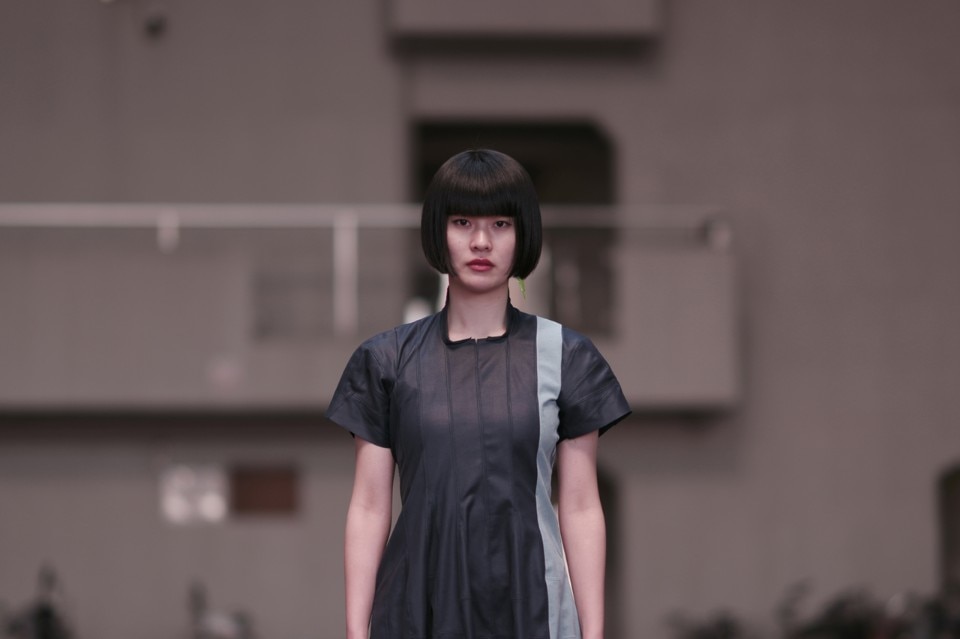
Plastic. On the total and definitive reuse of this material-burden, the Dutch designer and maker Dave Hakkens built a DIY empire, providing makers all over the world with tools to recycle plastic quickly with machines that are easy to build. Born as an online video tutorial on how to select, assemble and recycle plastic, the project became a universal platform – preciousplastic.com – where users can join together with others who want to open their recycling business. Now that Precious Plastic can stand on its own, Hakkens is embarking on new projects, an offline community we’ll hear more about after the summer.
Joining plastic and water, the Spanish designer Rodrigo García González analysed the Ooho! project – the legendary edible water bottles. Conceived by Skipping Rock Lab based in London (González is co-Ceo), aims to eliminate the plastic packaging from water sold at retail. In order to do this, the lab was inspired by the molecular cuisine of Ferran Adrià, who “spherified” liquids, trapping them in gelatinous membranes through chemical reactions between natural agents. The result are small edible sacs full of liquid. Skipping Rock Lab’s research lies in making this formula as effective as possible and accessible to everyone.
Water is the key element in the project by the young designer Mirjam De Bruijn, who trained at the Design Academy in Eindhoven. De Bruijn reconsiders home detergents and cosmetics sold in supermarkets whose water content is 80 per cent. The majority of unsold products are an enormous waste. With Twenty, De Bruijn imagines a packaging system that contains only the “useful” 20 per cent, inside a biodegradable capsule. Each person is free to recombine it with water from their own homes.
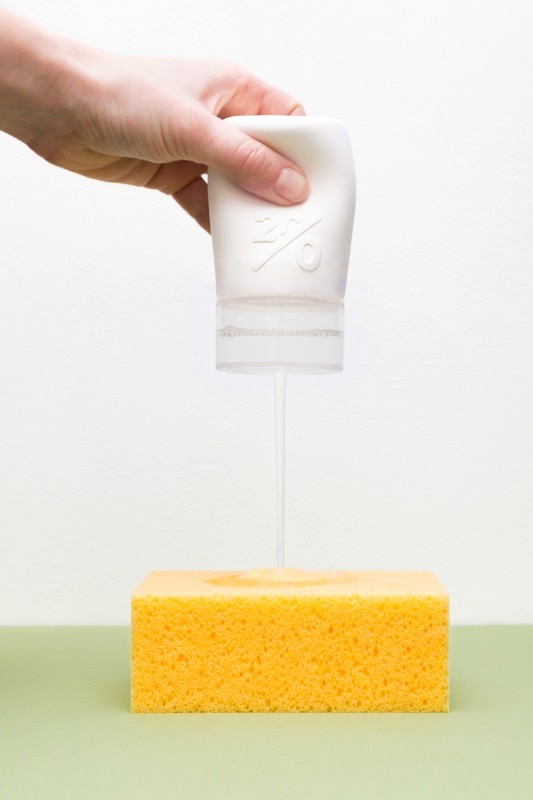
Fashion industry waste is among the most harmful to the environment. Japanese designer Kye Shimizu invented Algorithmic Couture, born to overturn the “design-production-sale” formula into “design-sale-production” one. Algorithmic fashion detects by 3D scanning the shape of the buyer’s body, designs totally customisable clothes through parametric drawings, and divides them into modular elements made up of bands and triangles to obtain anti-waste geometric forms. The production consists in laser-cutting these forms and assembling them easily to create garments.
- Event:
- Design Indaba 2019
- Opening dates:
- 27th February - 1st March 2019
- Location:
- Cape Town, South Africa


